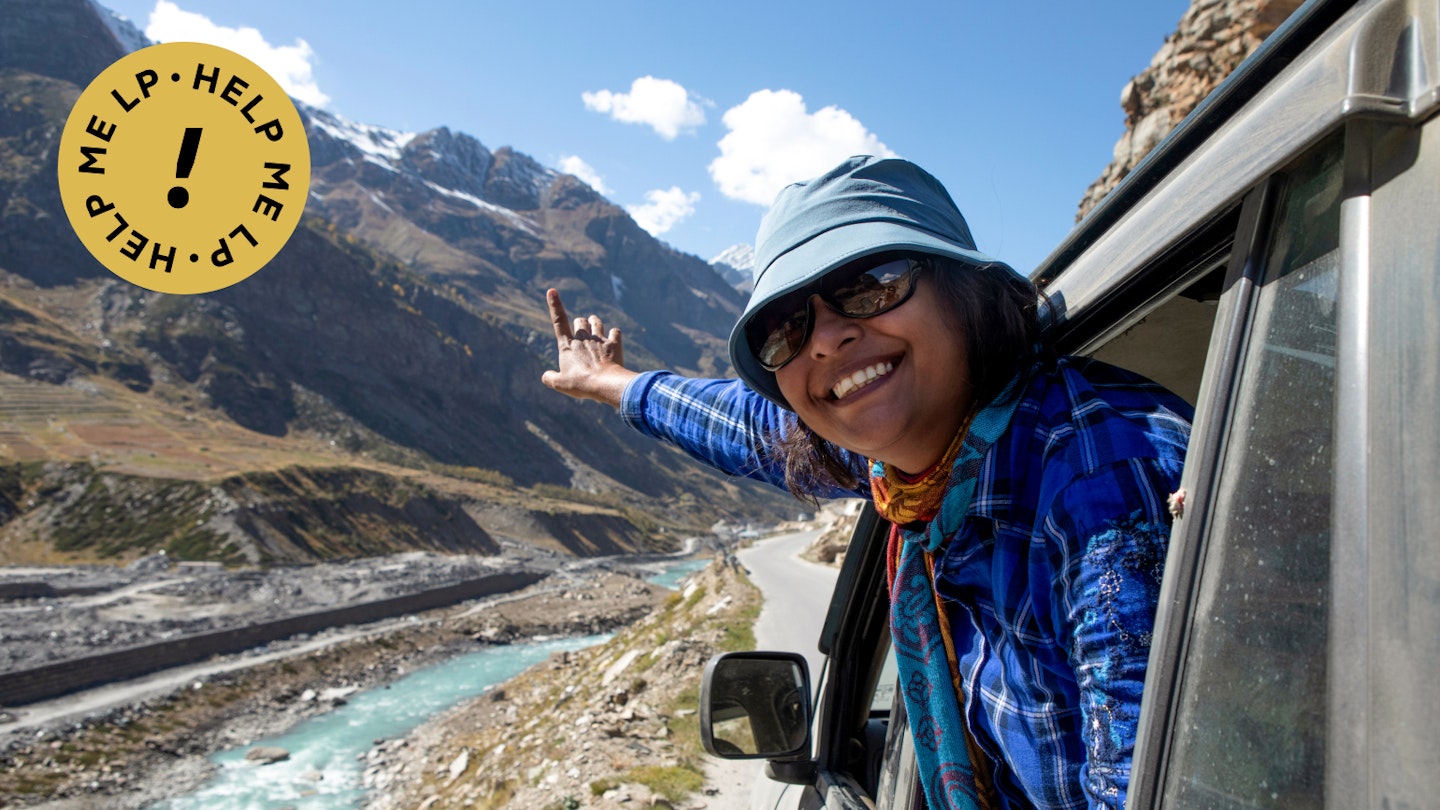Share
Oct 20, 2023 • 4 min read

In this series, GoTravelDaily’s team of writers and editors answers your travel problems and provides tips and hacks to help you plan a hassle-free trip. We asked Mumbai-based GoTravelDaily editor Akanksha Singh – a self-confessed control freak who finds traveling solo the ultimate in freedom – to field this question.
Question:
I am 27 years old and have traveled solo on my own in Europe and North America. Next year, I am planning a month-long trip to India, and am wondering if you have any tips for a female solo traveler?
Expert Advice by Akanksha Singh
A cheesy quote graffitied on a wall outside a stoner cafe in Rishikesh has stayed with me over the years: “You don’t visit India. India visits you.” In other words, India is an experience that aches as much as it thrills. This insight is particularly true for travelers exploring outside the Global North.
From the velvet beaches of Andaman and Nicobar to the snow-capped peaks of the Himalayas, India is one of the few places where you can travel at your own pace, no matter your budget. You can hole yourself away in a lakefront cabin in verdant Maharashtra, trek the unspoiled Markha Valley, or immerse yourself in mythology in Hampi.
While it’s difficult to condense all the safety tips for a country as vast and diverse as India, here are essential tips to get you started:

1. Sort Out Your Communications Upon Arrival
The best safety measure for solo travelers is acquiring a local prepaid SIM card. This SIM allows you to make train bookings and use transportation apps like Ola and Uber, which sometimes offer rides between cities. Due to security concerns, public Wi-Fi options in India are very limited. However, data plans are often affordable, allowing you to stay connected without straining your budget.
Local SIM cards can be obtained as soon as you arrive in India, even at the airport. Ensure you carry an unlocked phone, photocopies of your passport, and some passport-sized photos, as obtaining a SIM still involves a significant amount of paperwork.
Familiarize yourself with emergency numbers: 100 (for the police) and 181 (a dedicated women’s helpline).
2. Budget Wisely—Some Upgrades Are Worth the Investment
Traveling in India often requires prioritizing safety over cost. For accommodations and transportation, paying a bit more typically translates to enhanced security. If journeying long distances by train, consider splurging on an air-conditioned first-class (1AC) ticket, which offers comfortable seating that converts to beds and lockable compartments.
Before entering a taxi or auto-rickshaw, confirm that the driver will charge you by the meter. Also, never allow them to pick up strangers during your ride; exit the vehicle if they do. Always remember—do not accept rides from strangers.

3. Dress Modestly
Dress codes vary across different regions in India. It’s advisable to take cues from locals. In hotter areas, opt for loose-fitting linen and cotton garments. Carry a scarf or sarong for additional coverage at holy sites, and remember that swimwear is generally not worn on Indian beaches; many women swim in saris.
4. Ease into Popular Tourist Areas
To begin your exploration of urban India, consider starting in Mumbai. While I may be biased as a local, it’s statistically safer for women compared to other cities and provides a good introduction to the rich culture of India.
If you are particularly nervous or inexperienced, consider visiting southern or northeastern India first. While it’s important to explore freely, regions in northern India—especially highly frequented places like Agra, Jaipur, and Delhi—can be more challenging for solo travelers.
If you have concerns, numerous women’s travel groups can offer companionship and support; many travelers have found lifelong friendships through these networks.

5. Seek Out Women-Only Spaces
To address societal challenges, women in India benefit from specific “perks.” Always utilize women-only options when available, such as ladies’ compartments on trains, “family” spaces in restaurants, and women-only lines at ticket counters.
6. Trust Your Instincts
Ultimately, there’s no substitute for trusting your intuition. While scams and unwanted attention can increase in a populous location, a firm, loud “no” often suffices. Additionally, consider avoiding any mention of traveling alone. You’re welcome to fabricate details about meeting a friend—like Ravi, Rohan, or Raj—while navigating new environments.





